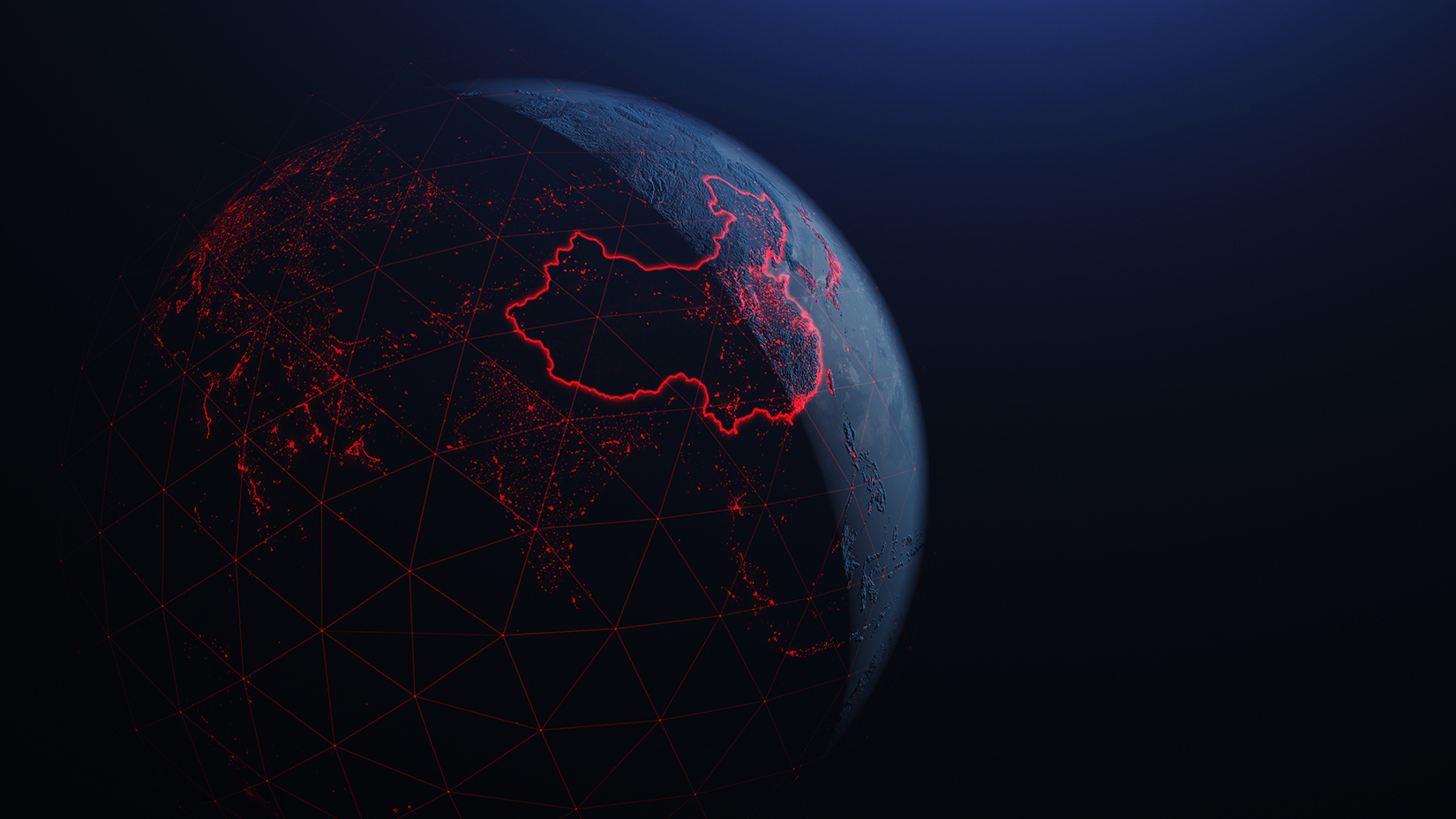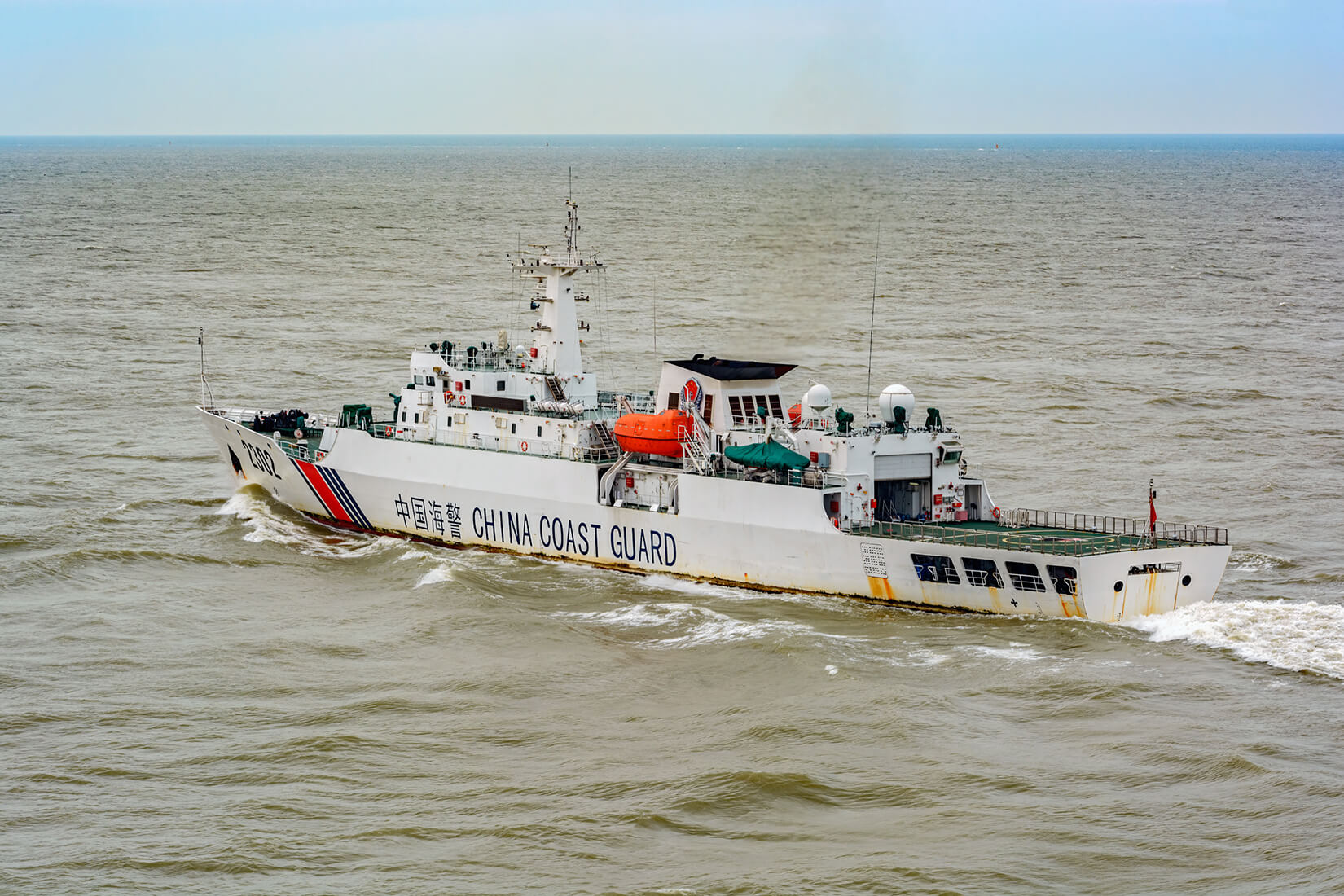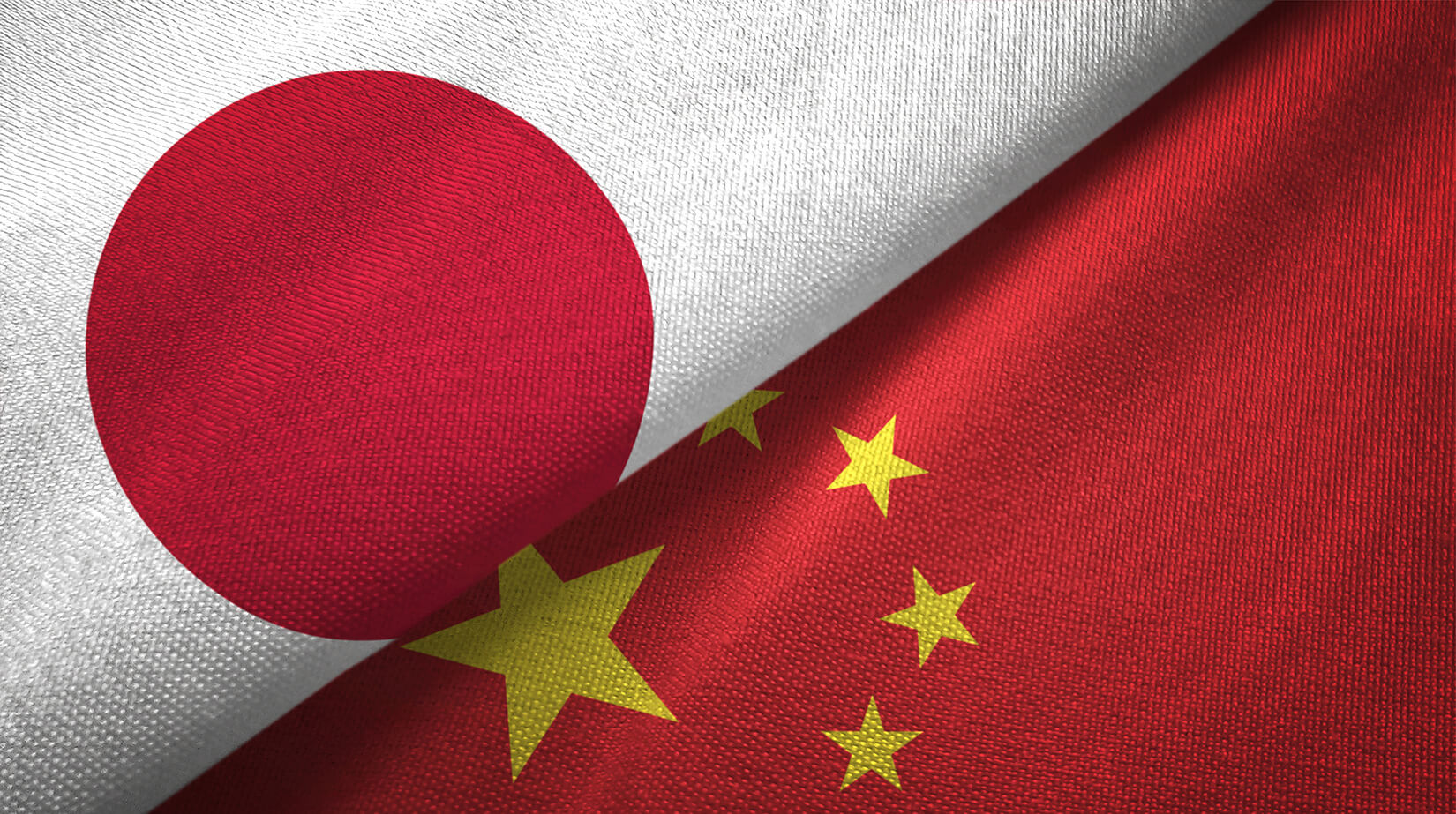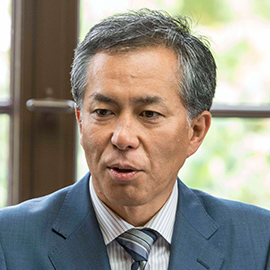This article examines how the global coronavirus outbreak, which began in late December 2019 in Wuhan, has affected China’s maritime security policy.
In Japan, the Ministry of Health, Labor, and Welfare first issued an announcement on the novel coronavirus on January 6, 2020, stating that there had been 59 cases of “pneumonia with no identified causative agent” in China since December 2019, 7 of which were severe. It added that there was no evidence of human-to-human transmission and no confirmed cases of infection among healthcare workers.[1] Thailand reported its first case on January 13,[2] and Japan on January 14, confirming that the disease had spread outside China.
By January 20, the number of infected people in Wuhan reached 198, with other cases reported in Shenzhen and Beijing.[3] A lockdown in Wuhan was announced on January 27, as the number of cases in China jumped to 2,744, and the death toll reached 80.[4]

The date of the lockdown was notable for national security reasons as well; China Coast Guard vessels that had been hovering in the contiguous zone[5] off the Senkaku Islands all month suddenly disappeared.[6] The ships had retreated in the past during stormy weather when waves reached over 2 meters high, but the weather on January 27 was cloudy, with forecasts of rain and slightly higher waves the following day. But the seas were not so rough as to force the ships to leave the scene. Could this have been related to the coronavirus outbreak?
Beijing’s Maritime Security Policy since the Outbreak
As it turns out, Chinese ships remained out of sight for only four days in late January.[7] On January 31, a day after the number of cases in China shot up to over 7,700, the World Health Organization identified COVID-19 as a “public health emergency of international concern,” stopping short of calling it a pandemic. Nevertheless, on February 1, four China Coast Guard vessels reappeared off the Senkaku Islands, intruding into Japan’s territorial waters on February 5.[8] As of the end of March, there has since been a constant Chinese presence around Senkaku, with ships hovering in the contiguous zone and, at times, making incursions into Japan’s territorial sea. Only on three stormy days—February 17 and 18 and March 5—have Chinese vessels been absent.

On March 11, Chinese President Xi Jinping made his first post-coronavirus visit to the city of Wuhan, the source of the infection, and declared that the virus had been brought under control.[9] Soon thereafter, on April 3, a China Coast Guard vessel off the Paracel Islands in the South China Sea rammed and sank a Vietnamese fishing boat, prompting the US State Department to comment it was “seriously concerned” by the incident. The spokesman also reported that China was building new “research stations” on military bases it built on Fiery Cross Reef and Subi Reef in the Spratly Islands.[10]
The Chinese aircraft carrier Liaoning sailed through the Miyako Strait between Okinawa and Miyako Islands on April 11, advancing into the western Pacific and expanding the scope of China’s naval activities. The next day, the carrier sailed east and south of Taiwan and conducted military exercises in the seas southeast of the island.[11] Commentators have noted that these activities were timed to coincide with the US Navy’s reduced presence following the outbreak of the coronavirus aboard the aircraft carrier Theodore Roosevelt.[12]
These developments demonstrate that the spread of the coronavirus has not resulted in significant changes in China’s maritime security policy in the East and South China Seas.
Japan’s Response
How should Japan respond to China’s continued maritime provocations? Japan’s ocean policy has been to uphold the rule of law and the rule-based order with the goal of establishing “open and stable seas.”[13] Based on this policy, the Japan Coast Guard (JCG) has dealt calmly and resolutely with incursions by Chinese vessels in the waters around the Senkaku Islands, protecting Japan’s territorial waters and preventing an escalation of tensions. The first step, then, is to reinforce the Japan Coast Guard, which is responsible for dealing with such sensitive situations.

China has been expanding the size and armaments of its paramilitary ships, so the JCG needs to upgrade its patrol boats and aircraft. A ministerial meeting was held in 2016 with the aim of strengthening the coast guard system, and annual meetings have since been held to follow up on the steps taken and to approve new measures.[14]
Plans for fiscal 2020 include not only additional patrol boats and aircraft but also a beefing up of the overall structure, including more personnel. To ensure a “free and open Indo-Pacific,” moreover, the meeting confirmed the need to strengthen maritime law enforcement by cooperating with the coast guard agencies of regional countries and supporting their capacity building. It also emphasized the importance of maintaining and expanding the rule-based order at sea. These policies must be steadily advanced and implemented.
The spread of coronavirus infections aboard ships is wreaking havoc on ensuring adequate maritime security. In February, JCG patrol vessels transported COVID-19 patients from the Diamond Princess to area hospitals and carried test kits to the cruise ship. Fortunately, no Coast Guard personnel was found to have contracted the disease. Still, outbreaks have been reported not only on the USS Theodore Roosevelt but also on a French aircraft carrier, limiting the operation of these ships.[15] Warships and patrol boats tend to be more cramped and have more personnel on board than cargo ships. Hygienic and health standards must be maintained at the highest levels to prevent infections from spreading quickly throughout such ships.
(2020/5/1)
Notes
- 1 “Outbreak of pneumonia of unknown cause in Wuhan City, Hubei Province, People’s Republic of China,” Ministry of Health, Labor, and Welfare, January 6, 2020 (Japanese only).
- 2 “Outbreak of pneumonia of unknown cause in Wuhan City, Hubei Province, People’s Republic of China (4th report),” Ministry of Health, Labor, and Welfare, January 14, 2020 (Japanese only).
- 3 “New Coronavirus-Associated Pneumonia in Wuhan City, Hubei Province, People’s Republic of China (5th Report),” Ministry of Health, Labor, and Welfare, January 20, 2020 (Japanese only).
- 4 “New Coronavirus-Associated Pneumonia in Wuhan City, Hubei Province, People’s Republic of China,” Ministry of Health, Labor, and Welfare, January 27, 2020 (Japanese only).
- 5 The “contiguous zone,” according to Article 33 of the United Nations Convention on the Law of the Sea, “may not extend beyond 24 nautical miles [approximately 44 km] from the baselines from which the breadth of the territorial sea is measured. It is a body of water in which a coastal state may “prevent infringement of its customs, fiscal, immigration or sanitary laws and regulations within its territory or territorial sea . . . (and) punish infringement of the above laws and regulations,”.
- 6 Chinese vessels entered Japan’s territorial sea on January 4 and 14. For details, see “Trends in Chinese Government and Other Vessels in the Waters Surrounding the Senkaku Islands, and Japan’s Response: Records of Intrusions of Chinese Government and Other Vessels into Japan's Territorial Sea,” Ministry of Foreign Affairs.
- 7 Ibid.
- 8 Subsequent incursions occurred on February 13 and March 20. See note 6.
- 9 “Virus Is Largely Contained, Xi Says, Moves to Resume Business Activity,” Asahi Shimbun, March 11, 2020 (Japanese only).
- 10 Morgan Ortagus, “PRC’s Reported Sinking of a Vietnamese Fishing Vessel in the South China Sea,” Press Statement on April 6, 2020.
- 11 “Taiwan says Chinese carrier group drills close to island,” Reuters, April 12, 2020.
- 12 “Infections aboard US Aircraft Carrier Raises Concerns about Heightened PLA Activity,” Yomiuri Shimbun, April 12, 2020 (Japanese only).
- 13 “The Third Basic Plan on Ocean Policy,” Cabinet Office.
- 14 The ministerial meetings on strengthening the Coast Guard system are detailed on the website of the Prime Minister of Japan and His Cabinet (Japanese only).
- 15 Op. cit., note 11.

